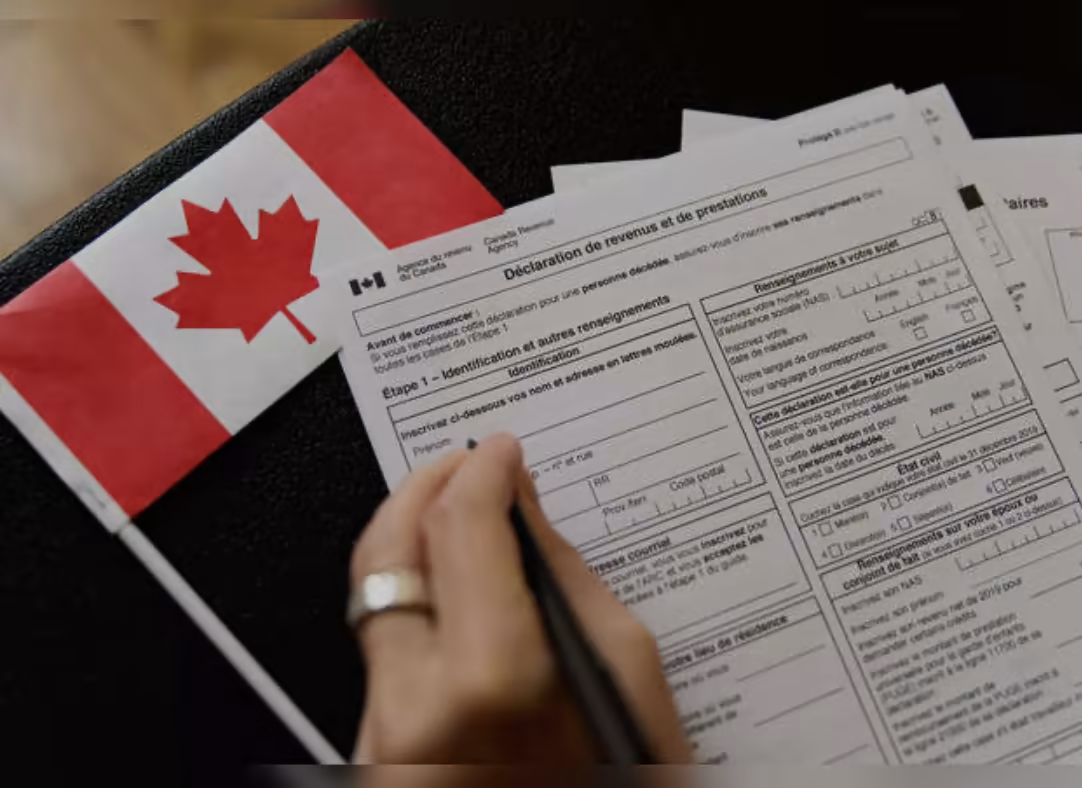Immigration, Refugees, and Citizenship Canada (IRCC) anticipates that by the end of this year, over half a million Non-permanent Residents (NPRs) will either leave Canada or transition to permanent residence (PR) status.
NPRs include those holding temporary visas, such as work and study permit holders. Although IRCC has confirmed immigration targets for 2025, future targets may still be adjusted, with finalized commitments made by November 1st of each preceding year.
The IRCC has also projected the number of new NPRs anticipated in the next three years as it aims to maintain the NPR population at approximately 5% of Canada’s total population.
What NPR Departures Are Expected This Year and in the Coming Years?
According to Canada’s 2024 Annual Report on Immigration, IRCC estimates that 588,409 NPRs will leave Canada or transition to PR by year-end. While a gradual reduction in NPR levels is planned over the next few years, a net increase of 299,216 NPRs is still expected by the close of 2024, bringing the total to an estimated 2.9 million, or 7.1% of Canada’s population.
For the next three years, the expected departures of NPRs are as follows:
| Non-permanent Resident (NPR) Measures | 2025 | 2026 | 2027 |
|---|---|---|---|
| Total NPR outflows | 1,262,801 | 1,104,658 | 875,179 |
| Net change in NPR numbers | -445,901 | -445,622 | 17,439 |
| Population of NPRs in Canada | 2,515,099 | 2,069,477 | 2,086,916 |
| NPRs as a % of Canadian population | 6.1% | 5.0% | 5.0% |
Projected NPR Inflows for the Next Three Years
The report also provides projections for new NPR arrivals through 2027. By the end of 2024, IRCC anticipates 887,625 additional NPRs in Canada. Expected inflows for the following years are outlined below:
| Non-permanent Resident (NPR) Measures | 2025 | 2026 | 2027 |
|---|---|---|---|
| Total NPR inflows | 816,900 | 659,036 | 892,568 |
| NPR inflows for students and workers | 673,650 | 516,600 | 543,600 |
| NPR inflows for contingency reserves | 143,250 | 142,436 | 348,968 |
This includes both the International Mobility Program (IMP) and Temporary Foreign Worker Program (TFWP) work permit issuances, which are broken down as follows:
- IMP Work Permits: This category includes permits issued through programs like the Post-Graduation Work Permit (PGWP) Program, International Experience Class (IEC), as well as work permits arising from foreign trade agreements and other specific initiatives.
- TFWP Work Permits: This category encompasses streams like High-wage, Low-wage, Agriculture, and the Seasonal Agriculture Worker Program, among others.
Steps Taken by IRCC to Regulate NPR Numbers
To manage NPR levels, IRCC has introduced new policies, including:
- Adding language and field of study prerequisites for PGWP applicants after November 1, 2024.
- Making the international student cap a permanent part of immigration policy.
- Raising wage thresholds for the TFWP high-wage stream.
- Restricting eligibility for Spousal Open Work Permits for spouses of international students.
- Launching an “In-Canada Focus” initiative within Express Entry.
- Temporarily suspending the processing of certain Labour Market Impact Assessments (LMIAs) for low-wage positions in areas with unemployment rates of 6% or higher.
- Ending the COVID-19 policy allowing visitors to apply for job-specific work permits.
- Limiting flag poling services for PGWP candidates and revising overall flag poling policies at Canadian border entries.





0 Comments